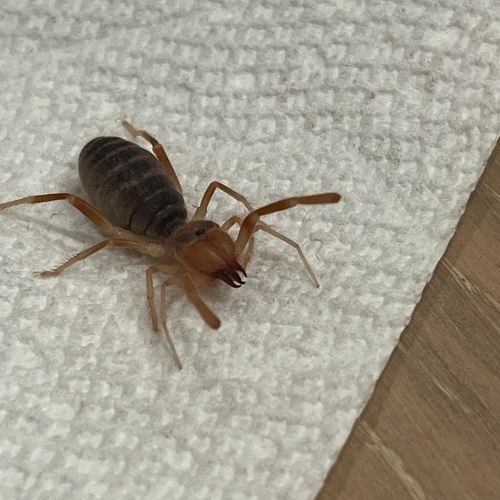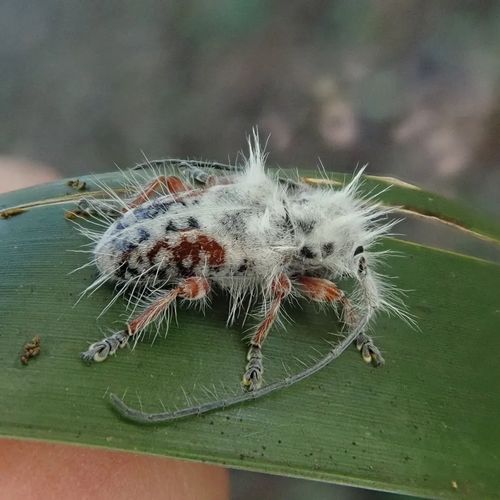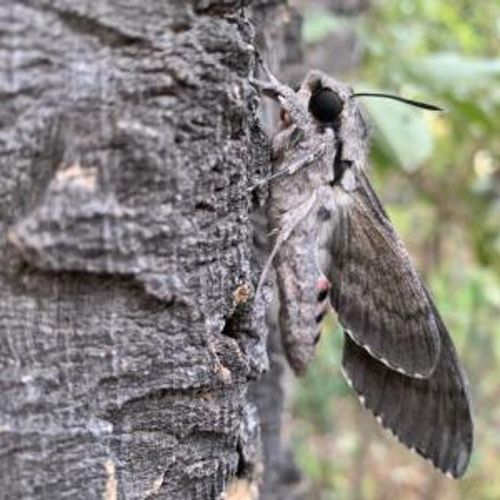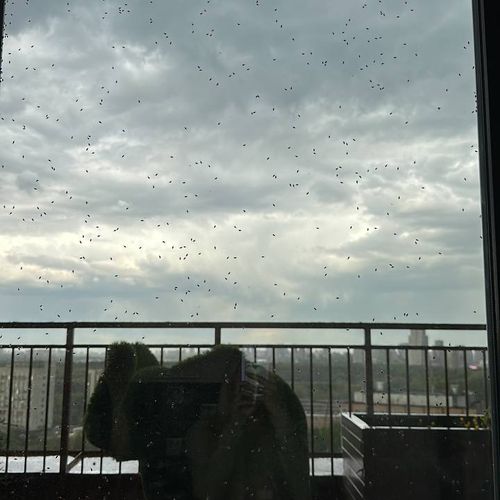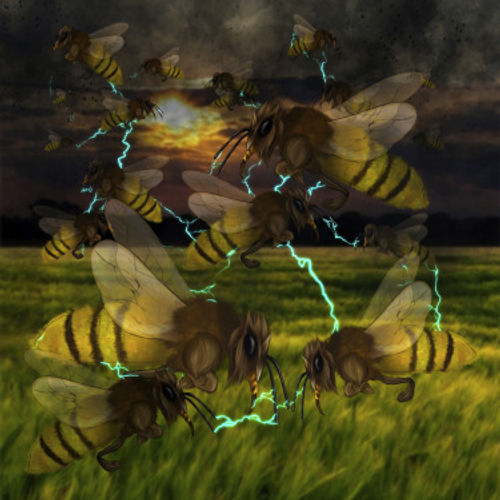
| Added | Tue, 25/10/2022 |
| Источники | |
| Дата публикации | Tue, 25/10/2022
|
| Версии |
A new study of the effect of flying insects on atmospheric electric fields has shown that the flapping of many tiny wings can electrify the air in much the same way that swirling clouds of water vapor can charge the air inside a thundercloud.
This does not mean that we should worry about the biblical disasters of locusts shooting lightning, but it may indicate the need to take into account biological phenomena when modeling local patterns in the electric field of the atmosphere.
During a storm, small ice particles rising into the air rub against larger fragments falling to the ground, creating a kind of conveyor belt of charges that increase the potential difference between the top of the clouds, the bottom of the clouds and the ground.
As soon as the potential difference reaches a critical point, ionized channels are formed, and the balance is effectively leveled in the form of the resulting lightning.
"We've always looked at how physics affects biology, but at some point we realized that biology can also influence physics," says first author of the study Ellard Hunting, a biologist at the University of Bristol in the UK.
"We are interested in how different organisms use static electric fields that are present almost everywhere in the environment."
In recent years, it has become clear that insects and other invertebrates can carry charges that create a tiny potential compared to the surrounding atmosphere. For example, baby spiders can even use this trick to fly into the sky.
But how this tiny potential accumulates in swarms of insects has never been measured. So Hunting and his team went to the field station of the University of Bristol's School of Veterinary Sciences to wait for one of their many honey bee colonies to swarm.
Using an electric field monitor and a camera to monitor the density of bees, the researchers tracked the local gradient of the swarm potential along the way. For 3 minutes, the insects swept past, increasing the potential gradient overhead to 100 volts per meter.
A later analysis confirmed that the voltage was related to the concentration of the swarm, which allowed the researchers to predict with sufficient confidence how a certain number of bees buzzing in a certain area of air could affect the charge of the atmosphere.
Knowing that their scores were consistent with testing on bees, the team applied the same rationale to other insects that form swarms.
Taking separate charges for locusts, the researchers calculated that a significant swarm of locusts is able to generate charges with a density not different from the density that occurs during a thunderstorm.
Новости со схожими версиями
Log in or register to post comments

